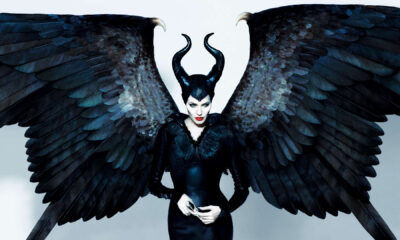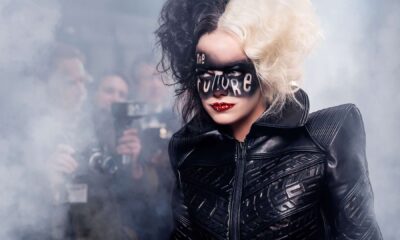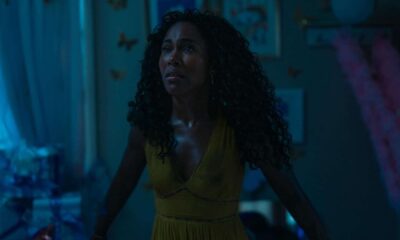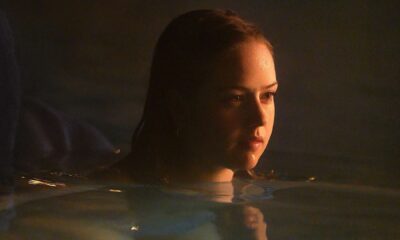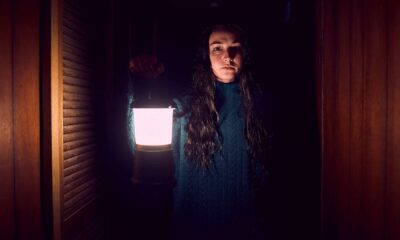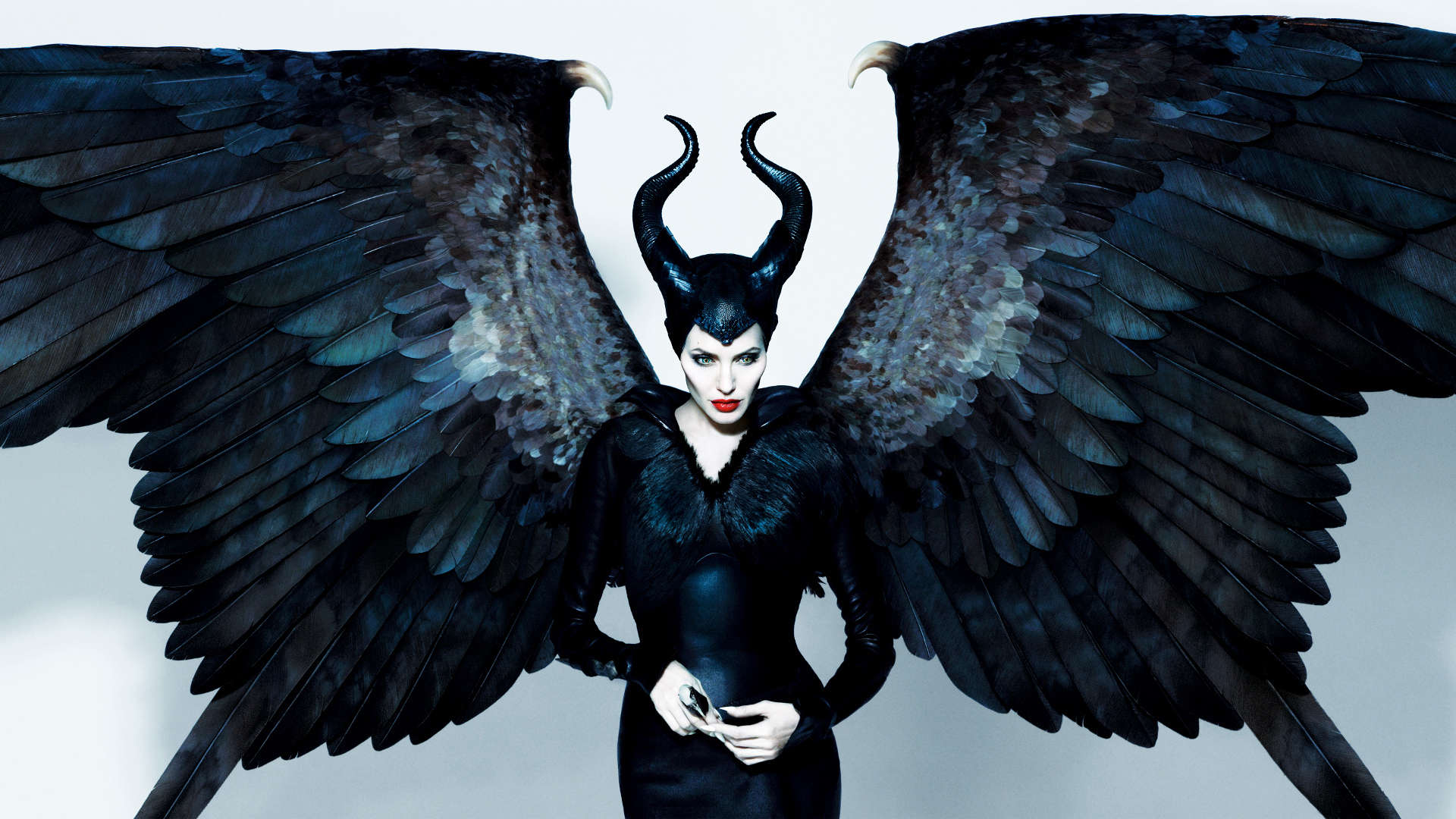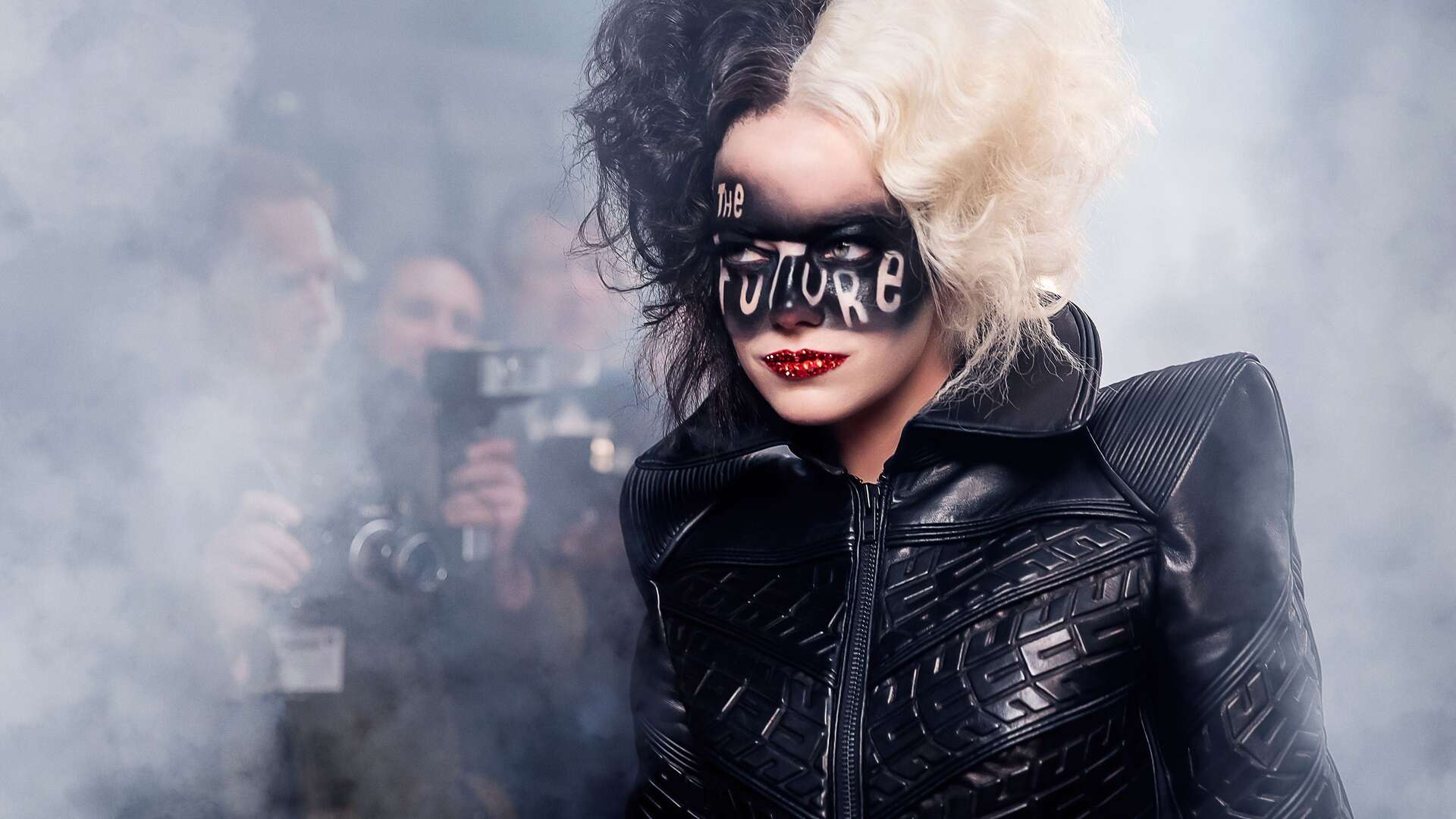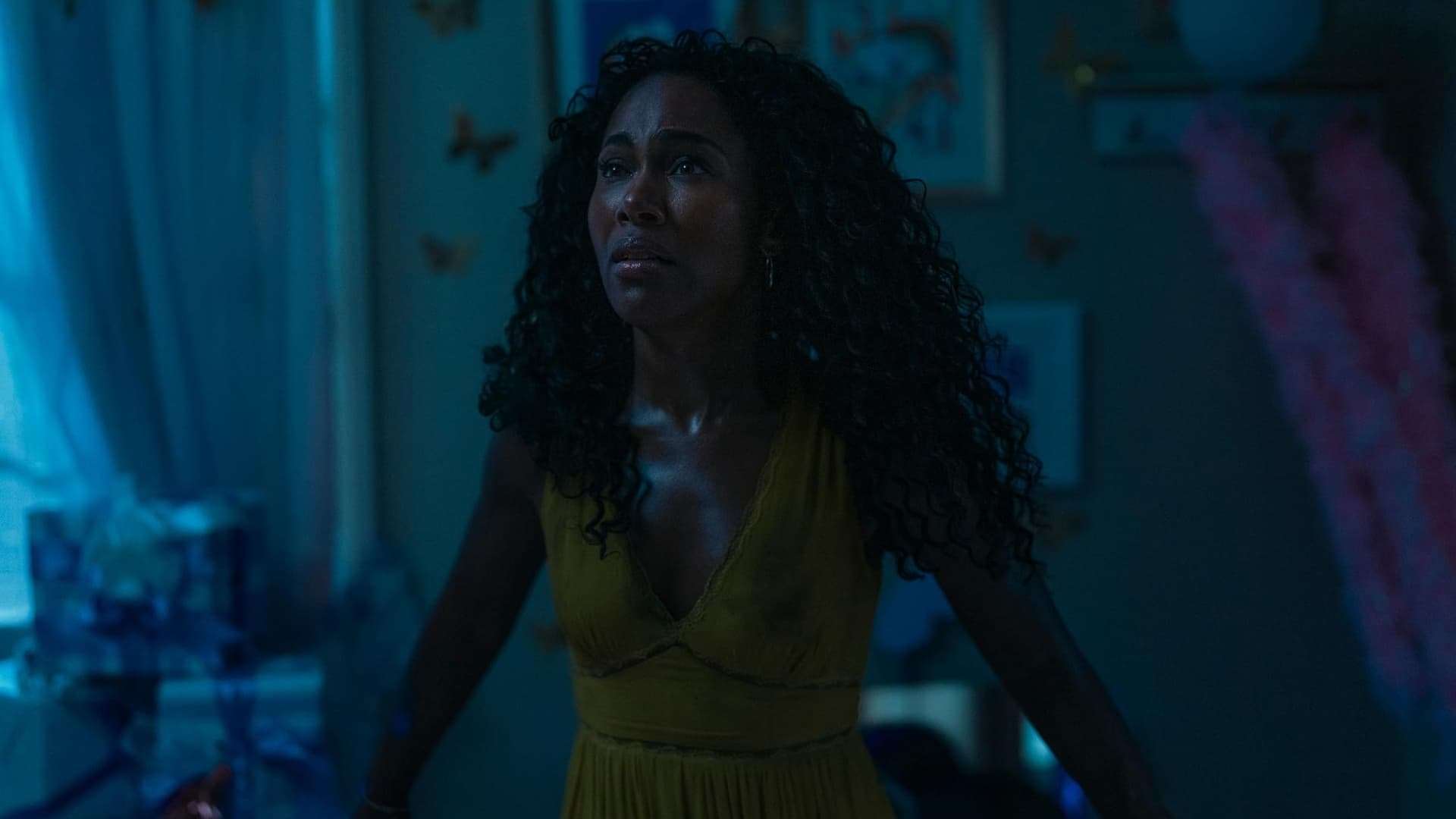As the credits rolled on “Cruella,” the latest attempt by Disney to turn villain backstory into box office gold, it became painfully clear that the studio might have finally jumped the sharkskin-covered, punk-styled bandwagon. This film, which endeavors to tell the origin story of Cruella de Vil, the fur-loving villainess from “101 Dalmatians,” manages to be both a visual spectacle and a narrative disaster—a paradox that not even the fabulous Emma Stone can reconcile.
Emma Stone, an actress known for her dynamic presence and ability to inject genuine emotion into her roles, takes on the dual identity of Estella and Cruella. Stone’s performance is, without a doubt, the highlight of the film. She delivers each line with a deliciously devilish panache that almost makes you forget the film’s many missteps. Almost. But even Meryl Streep’s Miranda Priestly might raise an eyebrow at the heavy-handed delivery of a script that feels more cobbled together than Cruella’s DIY punk ensemble.
Supporting Stone, we have Paul Walter Hauser and Joel Fry as Horace and Jasper, respectively. Their performances aim for comic relief but land somewhere between cartoonish slapstick and eye-rolling predictability. The chemistry among the trio is palpable, yet their talents are wasted on one-dimensional characterizations that give them little to do beyond chasing after their increasingly erratic leader.
Director Craig Gillespie, who previously gave us the sharply crafted “I, Tonya,” seems to have left his directorial acumen back at the ice rink. “Cruella” is a chaotic jumble of ideas that feels like someone threw darts at a board labeled “Things People Might Like” and just went with wherever they landed. We have slow-motion walks set to anachronistic rock anthems, montages of fashion design that scream for Instagram recognition, and a villainous turn by Emma Thompson that is so camp it should come with its own tent and sleeping bag.
Speaking of Thompson, she plays the Baroness, the fashion icon and primary antagonist, with as much icy disdain as the script allows. However, even her seasoned snarl cannot save the narrative from its own worst instincts, which include muddying its moral message with mixed signals about feminism, capitalism, and revenge. The film tries to paint Cruella as a misunderstood anti-heroine, using her tragic backstory to excuse increasingly questionable decisions. This reimagining might have worked if the film didn’t seem so confused about whether it wants its audience to root for or against her.
The plot, thin as the paper it was penned on, attempts to weave together a tale of betrayal, revenge, and haute couture. Yet, it fumbles each thread, leaving us with a tangled mess that not even a seasoned seamstress could salvage. We dart from one set piece to another, from raucous punk rock parties to stilted high-society galas, each scene vying to outdo the last in spectacle while the story’s coherence goes out the window like last season’s fashion.
The film’s one saving grace, if it can be called that, is its visual aesthetic. The costume design by Jenny Beavan (Yes, I actually looked it up) is nothing short of spectacular, offering a parade of outfits that will surely be replicated by cosplayers and Halloween enthusiasts for years to come. London’s grimy, gritty streets in the 1970s are rendered with a level of detail that provides a stark contrast to the glossy world of high fashion, making “Cruella” a treat for the eyes, if not for the mind.
And then there’s the music. Oh, the music. It seems no scene is complete without a rock anthem blaring in the background, each song selection as on-the-nose as the last. (Sympathy for the Devil, One Way or Another, These Boots are Made for Walkin’) While the tunes themselves are undeniable classics, their integration feels so forced and frequent that one might wonder if they stumbled into a particularly moody, fashion-forward music video rather than a feature film.
In the end, “Cruella” is a film that tries desperately to be all things to all people: a gritty origin story, a lavish costume drama, and a biting social commentary. Unfortunately, it succeeds at none of these. It’s a prequel that, like its protagonist’s signature black and white hair, is polarized between what it could be and what it actually is. One can’t help but feel that in trying to fill in the backstory of one of Disney’s most iconic villains, the filmmakers forgot to make her story compelling—or even coherent.
So, if you have an afternoon to kill and your only other option is watching paint dry, “Cruella” might just be the more colourful choice. Just don’t expect to walk away with anything more than a fervent wish that Disney might one day leave well enough alone and stop trying to humanise characters who were far more interesting as unapologetic villains. Better luck next heist, Disney.
Cruella (2021)
Summary
“Cruella” is a film that tries desperately to be all things to all people: a gritty origin story, a lavish costume drama, and a biting social commentary. Unfortunately, it succeeds at none of these.
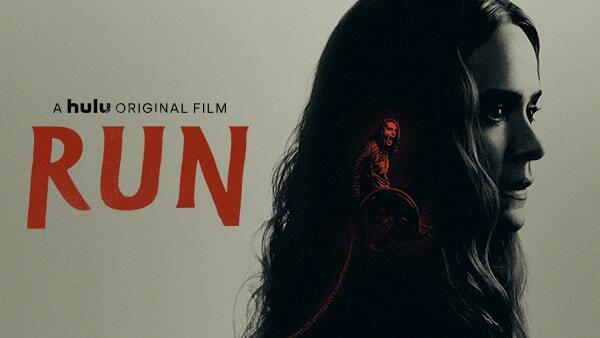

 TV Shows4 months ago
TV Shows4 months ago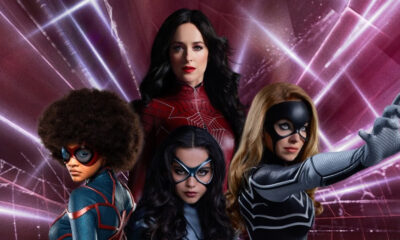
 Films4 months ago
Films4 months ago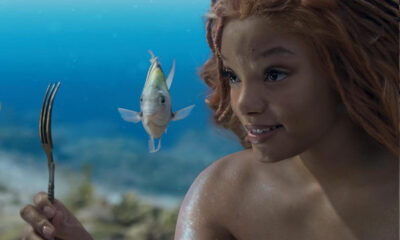
 Films11 months ago
Films11 months ago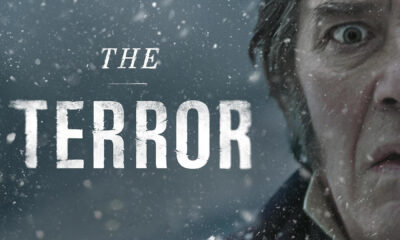
 TV Shows4 months ago
TV Shows4 months ago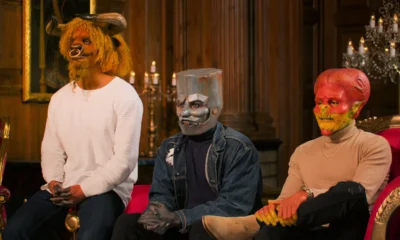
 TV Shows4 months ago
TV Shows4 months ago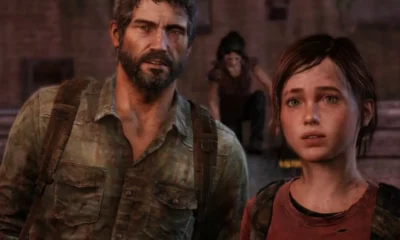
 Video Games4 months ago
Video Games4 months ago
 Video Games7 months ago
Video Games7 months ago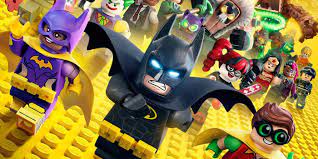
 Films10 months ago
Films10 months ago
